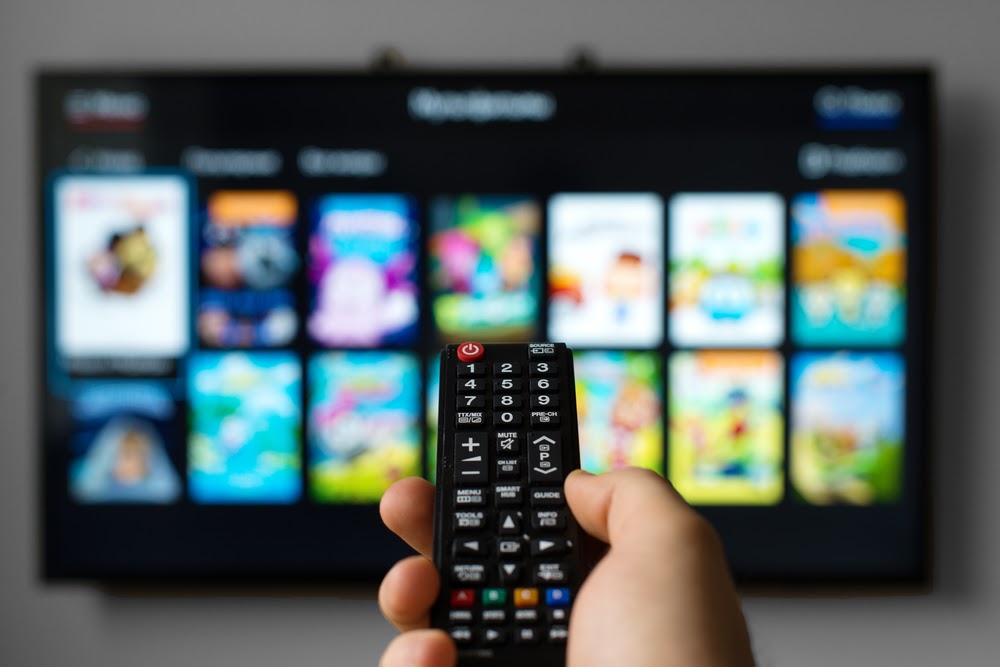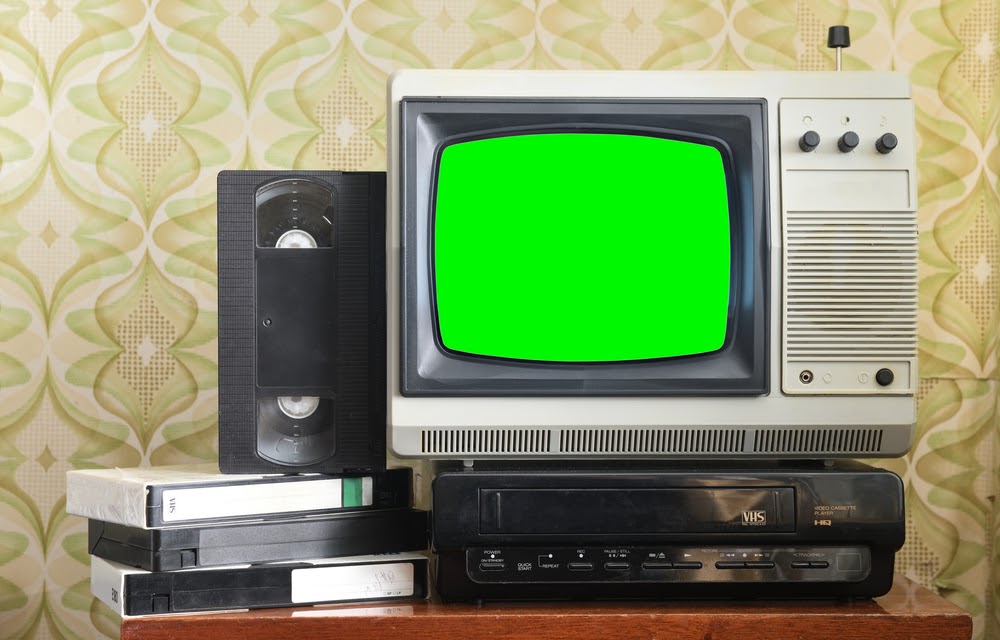An Energy-Efficient TV Changes the Channel on Energy Waste
Appliances that are plugged in can use electricity, especially if they display the time or feature other illuminated elements. Homeowners might not think that small appliances use much energy, but, over time, they can really electrify that monthly bill. Even the television can be a source of energy waste and drain.
An energy-efficient tv can change the channel on energy waste and possibly help homeowners lower their monthly electricity bill. But what makes a television energy-efficient? Here’s what to know!
The Design of an Energy-Efficient TV
Old bulky televisions from the ‘80s and even ‘90s had so much depth that they were often difficult to fit into tight spaces…and they definitely couldn’t hang on the wall. Even later model televisions weren’t so slim or space-efficient.
However, as technology evolved, so, too, did the television. Now screens are sleek, chic and have the depth of a picture frame. They can hang on walls. And they also suck less electricity than their bulky cumbersome predecessors.
Televisions are one of many appliances or gadgets that can receive the ENERGY STAR label. These televisions use a quarter less energy than other models and offer the latest in technology like high-dynamic range (HDR), internet connectivity, and ultra-high definition.
But what exactly makes a television energy efficient? Green Coast explains that these models often feature plasma screens or LCD/LED screens. However, LCD/LED screens are more energy-efficient than plasma.
Even when choosing an ENERGY STAR labeled television, consumers who want the most energy-efficient option also need to understand that size matters. Larger televisions use more energy. Those who really want to opt for maximum energy-efficiency might select a smaller screen that bears the ENERGY STAR label.
Just how much does it cost to watch television? IGS Energy reports that consumers will spend about $41 on electricity costs from the use of their television. This figure could change depending on how long that screen remains illuminated.

Finding the Best Energy-Efficient TV
Consumers who want to upgrade their older television for an energy-efficient model should look for the ENERGY STAR label to find options that are more energy efficient. However, consumers also need to consider the size of their space.
A massive television might not work in a small room. Plus, the larger screen will use more electricity. Today’s televisions come in many sizes and prices, too. Homeowners can even find open-box models for even more savings for that new television.
Homeowners who don’t need to replace that old television immediately also might want to wait for Black Friday sales to score the best deal on a new energy-efficient model. Many major stores offer televisions for low, low prices as part of the blowout Black Friday shopping day that kicks off the holiday shopping season.
For budget-conscious shoppers, Black Friday might offer the best prices of the entire year. Unfortunately, many of these massive deals go quickly, so buyers might have to shop early…or wait in line for stores to open to try to snag one of the coveted deals!

Other Energy-Savings Tips
Energy-efficient televisions can help homeowners save money on electricity and decrease their energy use. However, homeowners also should break a few bad television habits to lower their energy waste even further.
Don’t leave the television on when no one is actively watching that screen. Some homeowners like to work with background noise; instead of turning on the television, use earbuds and stream some ambient music.
Make sure other technology is off, too. Check streaming devices like the Apple TV, Firestick, etc. to ensure that the gadget isn’t left on when it isn’t being used. The same rule applies for DVD players (if homeowners still own them).
Many new televisions can be plugged into smart plugs or smart powerstrips; this allows them to be controlled remotely by tablets or phones. Use the Internet of Things to help ensure that appliances aren’t on when they aren’t in use.
Homeowners also could set limits on screen use, too. The average American is glued to the television screen for more than four hours every day. In addition, the television stays on for nearly seven hours each day!
Less time in front of the television means less electricity being wasted by that screen. Watching less television each day could help homeowners decrease their electricity use.
To make an older (or newer!) television more energy efficient, homeowners also could adjust the brightness on their screen. Want to play music through the television? Check to see if the screen can be switched to black.
Some homeowners could still use an older bulky television. Replacing these outdated models could zap that electricity waste, too. Upgrading to a new energy-efficient model wouldn’t just decrease electricity use, but it also might provide an upgraded entertainment experience, too!


